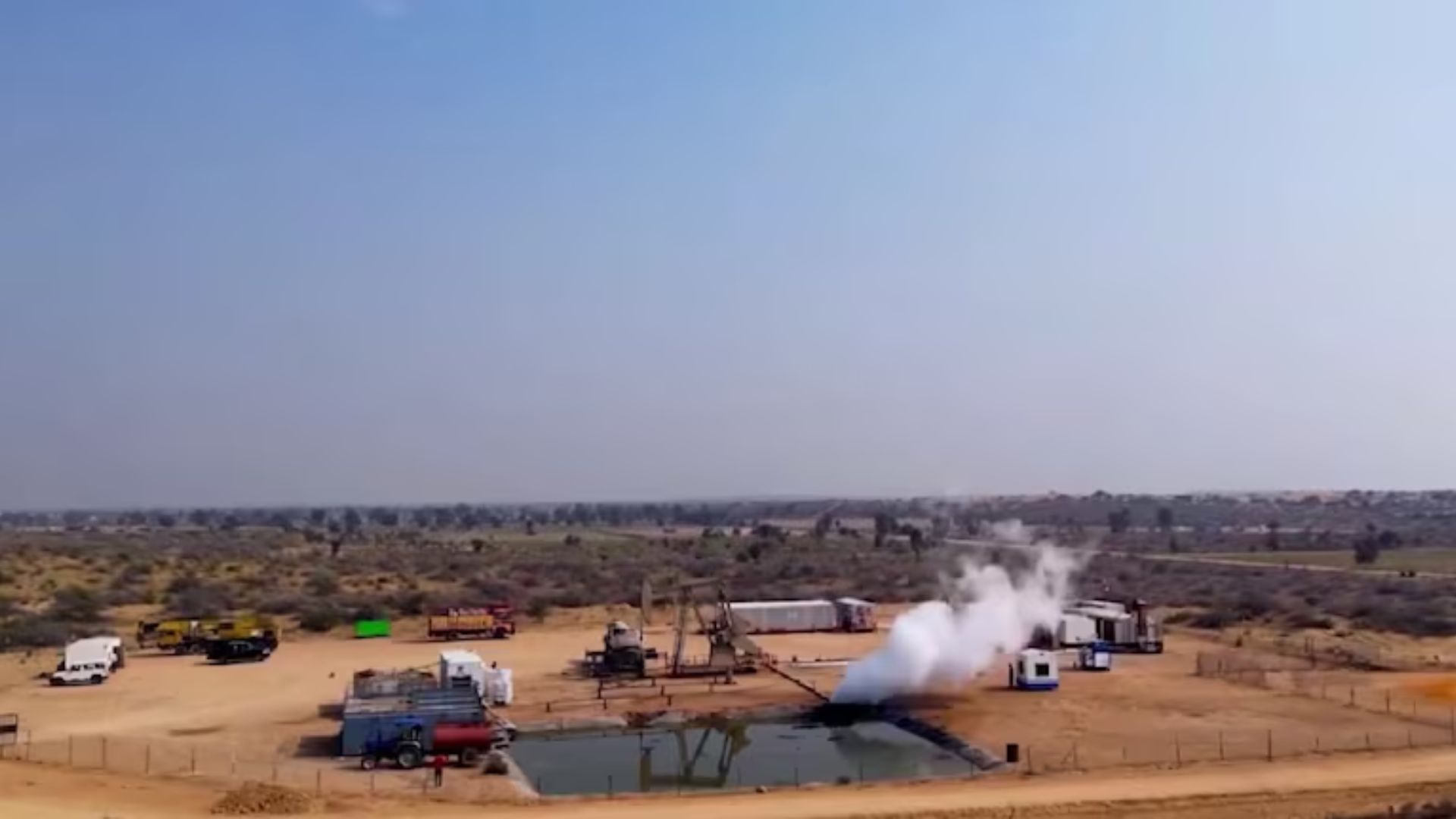In July, India, the world’s third-largest oil consumer and importer, purchased $2.8 billion worth of crude oil from Russia, making it the second-largest importer of Russian oil after China. Russia has become India’s largest supplier of crude oil, a shift attributed to discounted prices following European countries’ reductions in purchases from Moscow after its invasion of Ukraine in February 2022.
Before the Ukraine war, Russian oil constituted less than 1% of India’s total oil imports, but it now accounts for nearly 40%. According to the Centre for Research on Energy and Clean Air (CREA), China purchased 47% of Russia’s crude exports, followed by India at 37%, the EU at 7%, and Turkey at 6%.
In addition to oil, China and India have also significantly increased their purchases of Russian coal. From December 5, 2022, to the end of July 2024, China bought 45% of Russia’s coal exports, while India acquired 18%. Turkey, South Korea, and Taiwan were other notable buyers.
In July, China was the largest importer of Russian fossil fuels, accounting for 43% (€6.2 billion) of Russia’s monthly export earnings from the top five importers. Crude oil made up 63% (€3.9 billion) of China’s imports from Russia. Despite this, China’s overall seaborne crude imports dropped to their lowest levels since February 2023, with Russian imports falling to their lowest since December 2022, possibly due to reduced refinery margins and low fuel demand.
India was the second-largest buyer of Russian fossil fuels in July, with nearly 80% of its imports valued at €2.6 billion ($2.86 billion) consisting of crude oil. India, which relies on imports for over 85% of its oil needs, spent $11.4 billion in July for 19.4 million tonnes of crude oil.
The discount on Russian Urals grade crude oil widened by 9% month-on-month in July to $16.76 per barrel compared to Brent crude oil. Discounts for ESPO and Sokol blends remained relatively stable at $4.23 and $6.11 per barrel, respectively.
CREA reported that 36% of Russian seaborne crude oil and products in July were transported by tankers under the oil price cap. The rest was shipped using ‘shadow’ tankers, which are not subject to the price cap policy. A dark or shadow fleet of oil tankers, characterized by their obscure ownership structures and operational outside of Western regulations, has emerged to bypass the cap.
According to CREA, 81% of the value of Russian seaborne crude oil was transported by shadow tankers, while tankers insured or owned by G7+ countries accounted for 19%. For oil products, 37% of the volume was handled by shadow tankers in July 2024.
CREA noted that Russia’s dependence on tankers from G7+ countries has diminished due to the rise of shadow tankers, weakening the coalition’s ability to enforce price caps and reduce Russia’s oil export revenues. To counter this, CREA suggested banning the sale of old tankers to entities in countries not adhering to the oil price cap policy to curb the growth of shadow tankers used for transporting Russian fossil fuels.










